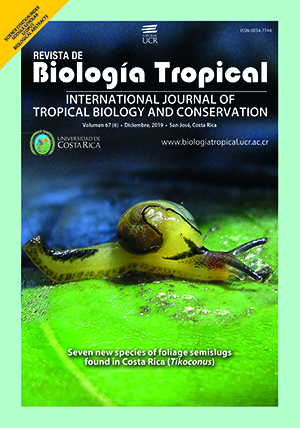Abstract
Study of temporal variation of bird assemblages may be particularly important in highly dynamic ecosystems as fluvial wetlands to identify the factors that influence and contribute to the maintaining of regional diversity. We study temporal variation in regional bird species composition and richness and the factors that drive it in the fluvial system of the Paraná River in Argentina. We sampled birds on a regional scale by performing surveys during 2 years (2011-2013; 16 total surveys) at 60 sites located along the fluvial system. We recorded a total of 162 species and 12,738 individuals, with a mean of 72.7 ± 1.9 species and 796.1 ± 41 individuals per survey. Temporal beta diversity accounted for 57% of regional species richness. Bird composition varied seasonally because of the turnover (and not nestedness) of species between autumn-winter and spring-summer periods; migrant species contributed to but did not account for all these differences. Difference in bird composition between years was caused primarily by turnover of species within autumn-winter periods; that turnover was related to changes in water levels. Temporal variation in availability of habitats across the regional extent of the fluvial system accounted for the highest proportion of temporal beta diversity. Species richness did not vary seasonally nor was it related to fluctuations in water level or habitats. Our results showed that climatic seasonality and environmental dynamics of the fluvial system, as a function of water-level fluctuations and of variations in habitat availability, jointly influence regional composition of birds through temporal turnover of species. These variations in regional composition were not related to variations in regional species richness. These results show the importance of the natural dynamic of the fluvial system to conserve the processes that maintain the regional assemblage of birds.
##plugins.facebook.comentarios##

This work is licensed under a Creative Commons Attribution 4.0 International License.
Copyright (c) 2019 Rodrigo Ezequiel Lorenzón


